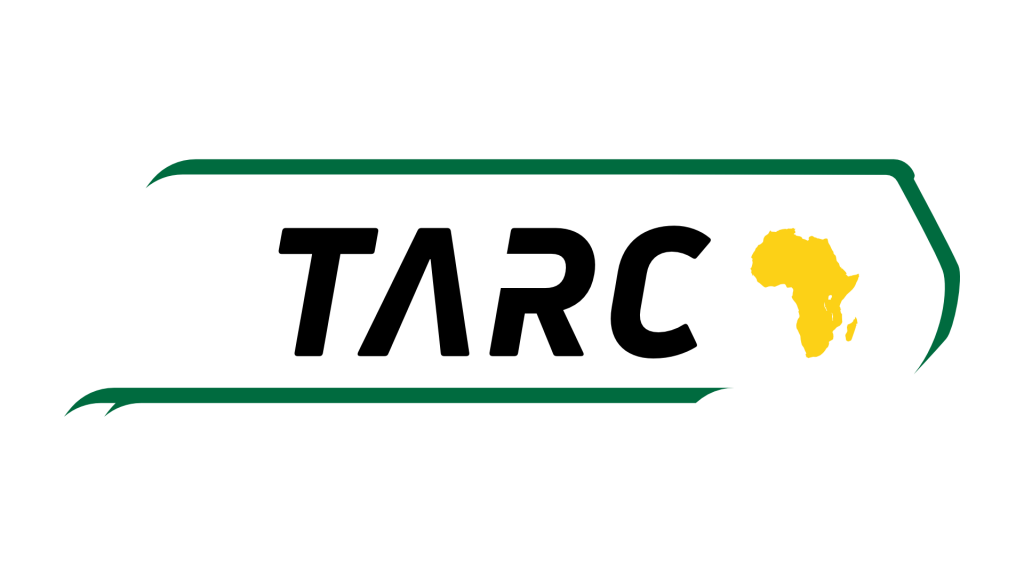Southern African Development Community (SADC)
The South African Development Community (SADC) was formed on 17 August 1992. Under article 5 of the Treaty establishing SADC, as amended in 2001, its objectives include: promoting sustainable and equitable economic growth and development; promoting common political values and systems; consolidating democracy, peace, security and stability; achieving complementarity between national and regional strategies; maximising productive employment and use of resources; achieving sustainable use of natural resources and effective protection of the environment; and combating HIV/AIDS and other diseases.

